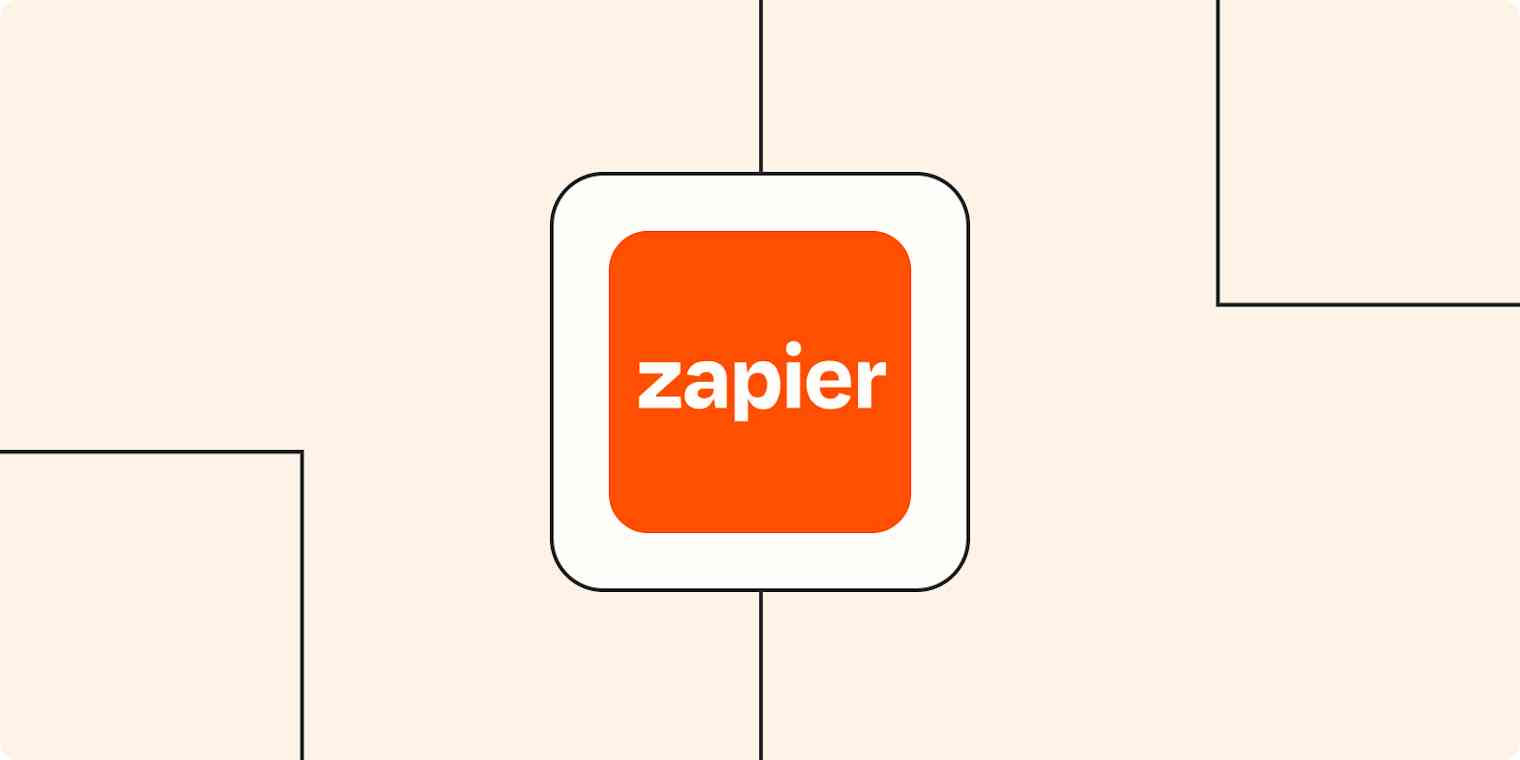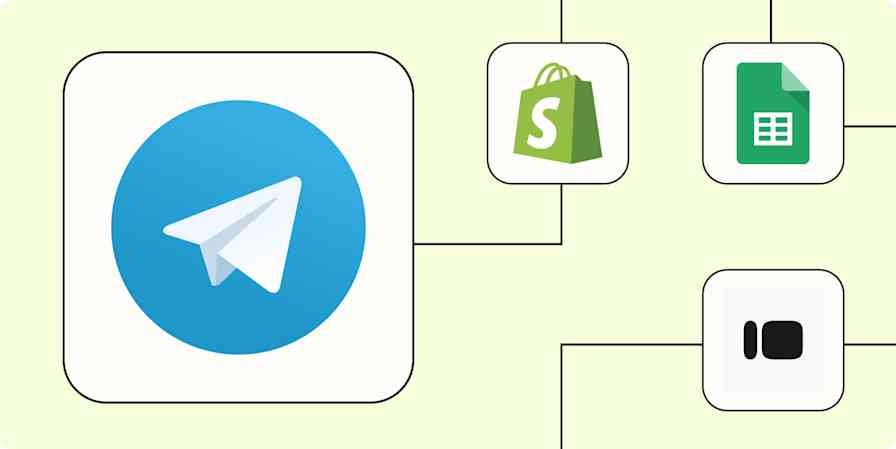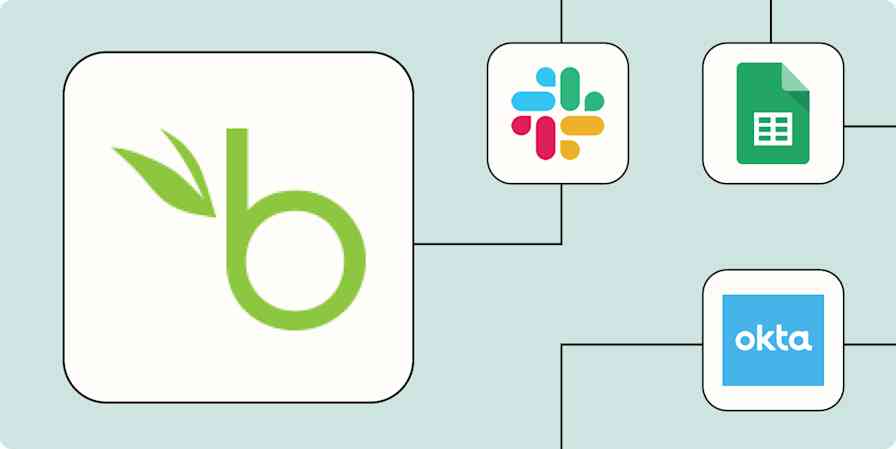Every growing business needs a steady flow of new customers. Yet qualifying, converting, and onboarding those customers can be demanding—especially for a small team.
The good news is that you're probably already using an email marketing tool that helps relieve some of the strain. By expanding upon native automations available in tools like Mailchimp or ActiveCampaign, you can optimize your lead management process and grow your business, no matter how big your team is.
I know this because I've seen it work. I'm the general manager at Tech Ladies, the largest community of women in tech—100,000 members strong. Over the years, I've helped many startups with limited resources, and we've had to get creative to meet our business priorities. Today, I want to share a strategy I've used a dozen times to do more with less at your small business.
It involves two main pillars:
A source of truth: Centralizing your data so that you have everything in one place and all your automations can talk to each other.
Growth through automation: Creating personalized automations that allow you to save time, reduce human error, and do essential work in your business without you having to do it.
This post was developed from a session given by Caro Griffin at ZapConnect 2022, Zapier's annual user conference. Watch the full session in the video below.
Creating a source of truth
Let's begin with your source of truth. Your source of truth is the one application at your company that rules all others because it keeps all your data in one place. This is a prerequisite for building all those great automations later on.
A source of truth is the one tool at your company that rules all others. It houses all of your data in one place.
Here's why a centralized source matters:
It avoids confusion: Having all your data in one place lets your team know what source to trust when you find conflicting or missing information.
It allows you to automate more processes: When all your data is in one place, you can set parameters and ask a machine to follow them. This is significantly faster than a human making the decision every time!
Finally, having a source of truth allows you to personalize automations. Staying personal is the name of the game in marketing. With up-to-date data in one source, you can tailor each customer experience.
Have you ever left something in your cart while online shopping, only to receive an email a few hours later reminding you of what you forgot? The store is nudging you along, encouraging you to go for that item you were on the fence about.
But that email was only possible because a data field stored information about the last thing you looked at and processed that data into the company's email marketing tool so they could send you a personalized email.
Selecting the right source of truth
Worried about selecting the right source of truth? Spoiler alert: You already have one!
The tool that most of your data already flows through should be your source of truth.
Your source of truth should be a tool that most of your data already flows through. This could be a robust CRM tool like Hubspot with email marketing capabilities, forms, automation and other built-in features. Or it could be an email marketing tool like Mailchimp or ActiveCampaign.
Here, you want to ensure the software allows you to save a considerable amount of data on each customer profile via tags, segments, or custom fields.
Keep your data organized and usable: How can you organize it via different custom fields to get the most flexibility with automation?
In some special-case scenarios—like a one-person boutique or a small team wanting to build their own tool—your best option for a source of truth may be a database tool like Airtable. But this is only a good option for super high-touch businesses.
Let me modify my earlier definition: Your source of truth should be a tool that most of your data already flows through—as long as you like using the tool and there are integrations available.
The tool that most of your data already flows through should be your source of truth.*
*As long as you like using the tool and there are integrations available.
Almost all modern SAAS tools have automation capabilities. Still, you don't want to pick a tool that only exports data manually via a spreadsheet—that will limit your ability to keep data up-to-date.
So, think about your data and the integrations available: do they live in your tool, and if not, how will you get them there? Luckily, Zapier has thousands of apps in its App Directory, so even if there aren't native integrations available, Zapier can probably help fill the gap.
New to Zapier? It's workflow automation software that lets you focus on what matters. Combine user interfaces, data tables, and logic with 6,000+ apps to build and automate anything you can imagine. Sign up for free.
Adding outside data to your source of truth
If you've selected your source of truth carefully, you should already have most of your data in this place. Some of your data will inevitably live elsewhere, but this shouldn't pose a problem to your operations. Here's where it's worth setting up some "evergreen" automations to pull in the outside data and ensure all your data is always up to date.
Evergreen automations run in the background to make sure your data is always up to date.
Here's an example: maybe your source of truth tool doesn't have a great form function, so you want to integrate Typeform. With Zapier's "always-on" automations, you can ensure that data runs seamlessly from Typeform to your data center, keeping customer information updated and relevant.
Now that we've taken care of that housekeeping, the real fun begins!

Growing your business with automation
Eliminating administrative tasks and reducing human error are great reasons to lean on automation, but sometimes I think they get all the glory. Once you have all your data in your source of truth, you can more effectively create automations that will help grow your business.
One vital automation is pre-qualifying your leads. If your customers manually kick off your sales processes by booking a call or scheduling a meeting, consider revisiting this time-consuming step. By triggering an email automation sequence, you can vet and separate your customer types to streamline the lead process without adding more labor to your workload.
Your time is valuable! Spent it on the customers that are the best fit for your business.
A custom form on your website can optimize this process by asking leads more about their budget, goals, and industry upfront.
I worked with an educational consultant who divided his leads by industry. While he mainly focused on education technology companies and schools, he also listed teachers as a form answer even though they weren't suited for his business.
Whenever a potential lead checked that bucket, he sent them an email with free resources for teachers and explained why he couldn't help further. This consultant saved time and effort by slicing unqualified leads and focusing on those he could work with.
The advantages here speak for themselves: Gathering crucial information upfront allows you to customize the next steps based on the customer type and evaluate your follow-ups based on your business priorities. If one customer bucket leads to higher sales, you can prioritize that contact over a one-time buyer. This also saves time in your calendar for customers who fit your ideal profile.
How we do it at Tech Ladies
Pre-qualifying lead automation has played a crucial role in growing Tech Ladies into a seven-figure business while remaining a small team. For context: I was Employee One, and today, we're a team of five folks full-time. So at a high level, I want to walk you through two examples that I hope will inspire you to unlock the same growth in your own business.
Read more: A guide to automating your business
Case study 1: Tech Ladies hiring services
As one arm of our business, we help companies hire women in tech. When companies reach out to us, they do it through a form on our website. We don't include pricing information on our website, so we nudge leads to fill out this form to customize our offerings based on their needs.
Once a customer fills out our form, they are automatically prioritized based on their selected buckets. Companies that seem like a good fit get immediate access to a meeting call, while others get pricing and more information before they self-select in or out. Then we can continue to slice and prioritize human contact for those self-selecting leads.
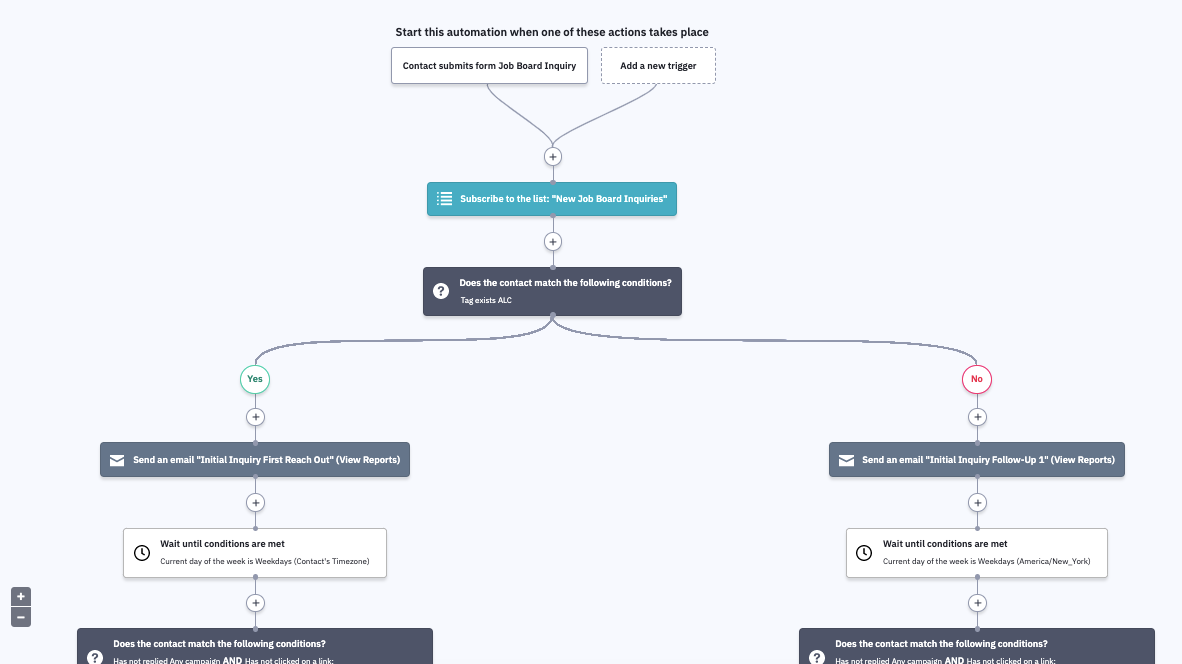
I recommend keeping your forms short. Each field needs to be scrutinized as a must-have field so that leads can go through them quickly. What are the two or three pieces of crucial information from your customer that can help you tailor your follow-up?
Case study 2: Personalized onboarding with the Tech Ladies community
As I mentioned, at Tech Ladies we're a community of 100,000 women in tech. Between the monthly programs, events, and opportunities we host, we've got a lot going on! But I don't want to hit my entire email list for every event and opportunity—that would cause our unsubscribe list to shoot up. So I segment this audience to ensure I engage appropriately with our different members.
But it's crucial to capture this information from the beginning. This is our chance to lean in when our community members are most excited about us (after all, they just signed up!). So, when someone fills out the join form on our website, we immediately set out to tailor their onboarding experience.
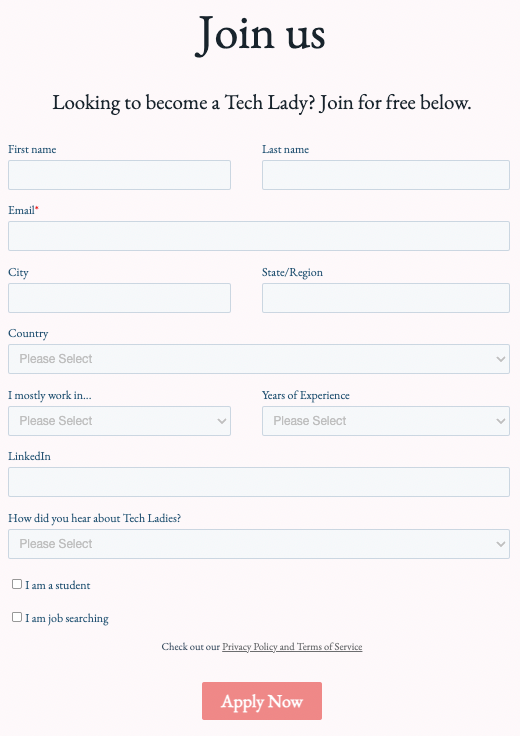
We utilize two chat-bots—one for students and one for job-seekers—and we ask them more questions about what they're looking for from us. This lets us sculpt all subsequent interactions to promote the best-suited engagements.
Doing more with less
As you can see, thanks to automation, we can do so much more with less at Tech Ladies, and I hope the examples I've given today inspire you to incorporate these principles into your own operations. You might have to tweak the strategies I've listed to fit your context, but believe me, it can take your business to new heights!
Just remember:
1. Always make sure you have a source of truth for customer data.
2. Use Zapier to bring outside data into your center.
3. Replace manual processes with personalized automations.
By automating those manual burdens, you can create workflows that humans don't need to observe 24/7, allowing you and your team to focus on your zone of genius. Happy automating!
New to Zapier? It's workflow automation software that lets you focus on what matters. Combine user interfaces, data tables, and logic with 6,000+ apps to build and automate anything you can imagine. Sign up for free.
